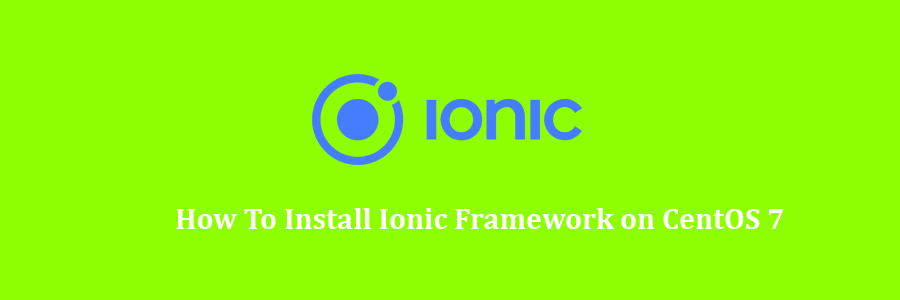Ionic Framework is helpful for building Android and iOS programs faster. You must install those applications to create a hybrid mobile application.
This article assumes you have at least basic knowledge of Linux, know how to use the shell, and most importantly, you host your site on your own VPS. The installation is quite simple and assumes you are running in the root account, if not you may need to add ‘sudo’ to the commands to get root privileges. I will show you through the step by step install Ionic Framework on CentOS 7 server.
Install Ionic Framework on CentOS 7
Step 1. First let’s start by ensuring your system is up-to-date.
yum clean all yum -y update
Step 2. Installing Node.js.
Use the below command to install Node.js:
curl -sL https://rpm.nodesource.com/setup_8.x | sudo -E bash - sudo yum install nodejs 5.
Step 3. Installing Cordova.
Run the following command to install Cordova on your system using npm command:
sudo npm install -g cordova
Step 4. Installing Ionic Framework on CentOS 7.
After installing Cordova, use the below command to install Ionic Framework:
sudo npm install -g ionic
To verify the ionic installation:
ionic -v
Step 5. Create Ionic Application.
First, create a new Cordova project on your computer using the following command:
ionic start Helloidr00t blank
Now use one of the following commands to enable iOS or Android platform:
ionic platform add ios ionic platform add android
Congratulation’s! You have successfully installed Install Ionic Framework. Thanks for using this tutorial for installing Install Ionic Framework on CentOS 7 systems. For additional help or useful information, we recommend you to check the official Install Ionic Framework web site.

